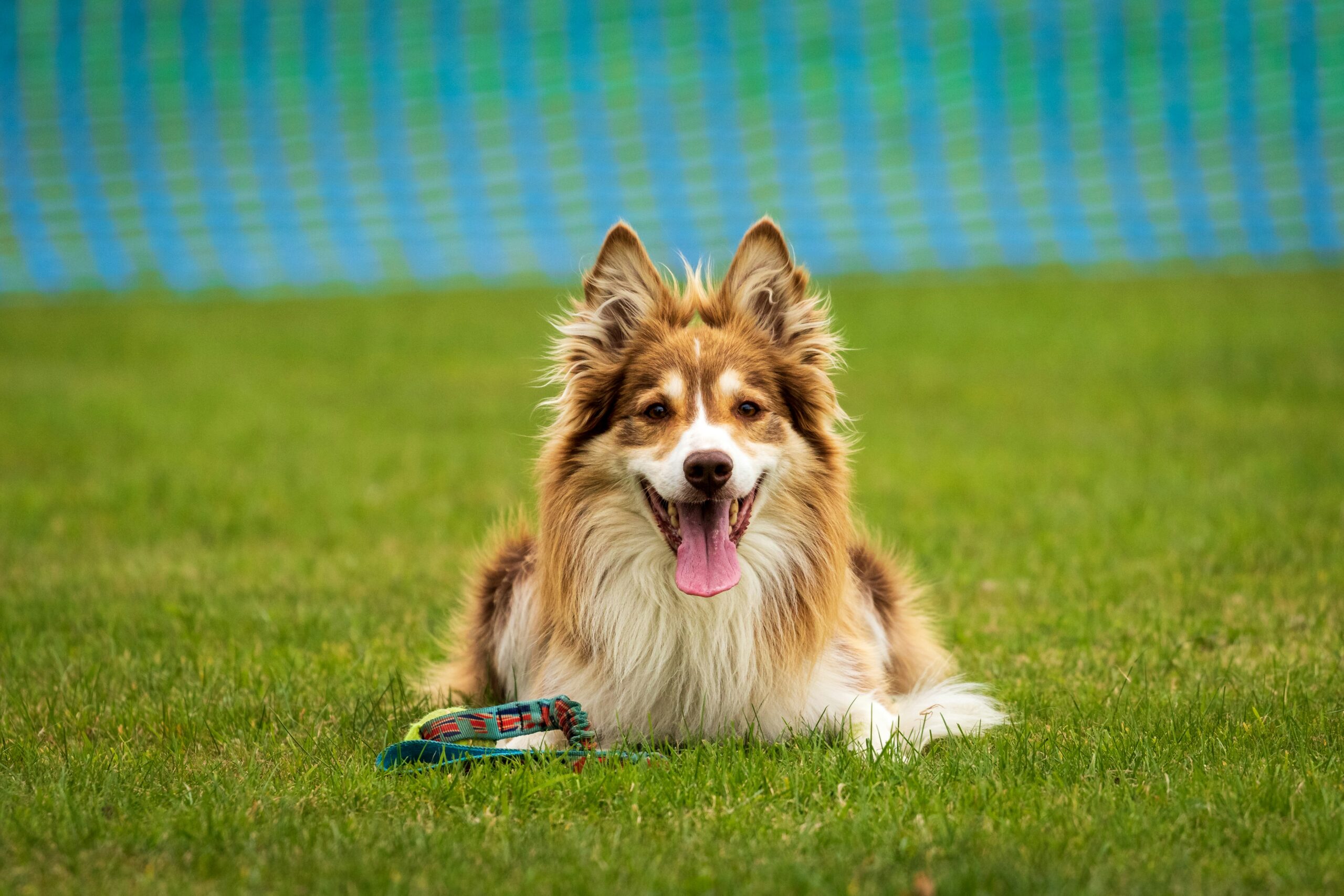Understanding Positive Reinforcement
Positive reinforcement is a behavioral training method that encourages desirable actions through the use of rewards. This approach is based on the principle that behaviors followed by positive outcomes are more likely to be repeated. Unlike aversive training techniques, which rely on punishment to discourage unwanted behaviors, positive reinforcement fosters a nurturing learning environment that promotes trust and cooperation between the dog and its handler. This fundamental difference underpins the effectiveness of positive reinforcement in dog training.
At its core, positive reinforcement taps into the psychology of dogs, utilizing their innate desire for rewards. By presenting treats, praise, or playtime immediately following a desirable action, handlers can significantly improve the likelihood of that behavior being repeated. This method not only modifies behavior but also enhances the bond between the dog and its owner, fostering a positive association with training sessions. Furthermore, research suggests that dogs trained through positive reinforcement generally exhibit lower levels of stress and anxiety, emphasizing the psychological benefits of this approach.
The operant conditioning principles that govern positive reinforcement emphasize that all behaviors are shaped over time through experiences and consequences. By focusing on rewarding specific actions, handlers can more effectively guide their dogs towards desired behaviors. As dogs respond positively to the reinforcement, they become more engaged and motivated to learn, which accelerates the training process. This method also allows for the gradual introduction of more complex commands and behaviors, building a strong foundation for lifelong learning and development.
In summary, understanding positive reinforcement reveals its effectiveness in dog training through the principles of learning and behavior modification. By leveraging rewards to encourage desired behaviors, this approach not only cultivates a positive training atmosphere but also strengthens the bond between dogs and their owners.
Immediate Benefits of Positive Reinforcement Training
Positive reinforcement training is a widely adopted method that has proven to be highly effective in shaping canine behavior. One of the most immediate benefits of this training technique is the improved engagement it fosters between the owner and the dog. When owners employ positive reinforcement—such as treats, praise, or playtime—dogs become more attentive and responsive. This dynamic creates a stronger bond based on trust and mutual respect, enhancing the overall training experience.
Additionally, positive reinforcement often leads to faster learning rates compared to traditional methods. Dogs respond well to the immediate rewards they receive for exhibiting desirable behaviors, making them more likely to repeat those behaviors in the future. For instance, a dog that sits on command and receives a treat learns to associate the action with a positive outcome, thus reinforcing the behavior. This method not only improves the speed of learning but also encourages dogs to actively participate in the training sessions, as they find the experience enjoyable and fulfilling.
Enhanced obedience is another significant advantage of positive reinforcement training. As dogs begin to understand that good behavior earns them rewards, they become increasingly reliable in following commands. The immediate nature of the rewards solidifies the connection between behavior and consequences, making it easier for dogs to grasp what is expected of them. Testimonials from dog owners highlight instances where dogs who previously struggled with obedience transformed into well-mannered companions through consistent application of this training method.
In summary, the immediate benefits of positive reinforcement training are evident in the improved engagement between the dog and its owner, accelerated learning rates, and heightened obedience. These outcomes are the result of a system that encourages enjoyable interactions, ultimately making training a rewarding venture for both parties involved.
Long-Term Benefits for Your Dog’s Behavior and Well-Being
The implementation of positive reinforcement training techniques for dogs yields substantial long-term benefits that significantly enhance their overall behavior and well-being. This training method, which rewards desired behaviors rather than punishing undesired ones, has been shown to reduce anxiety and fear in dogs. When pets are trained through positive reinforcement, they gain confidence and experience less stress in various situations, such as meeting new people or encountering unfamiliar environments. This reduction in anxiety contributes to a more relaxed and balanced canine companion.
Additionally, positive reinforcement fosters improved social behavior among dogs. Dogs that have undergone this training are typically calmer and more composed in social contexts, leading to better interactions with both humans and other animals. Through rewarding friendly behavior and sociability, owners can cultivate a friendly demeanor in their pets, minimizing reactive behaviors like barking or aggression that often stem from fear or uncertainty.
Moreover, the bond between a dog and its owner tends to strengthen as a result of positive reinforcement. Research indicates that when dogs associate training with rewards such as treats, praise, or playtime, they develop a more profound trust in their humans. This trust lays the groundwork for a more profound emotional connection, creating a harmonious relationship built on mutual respect and understanding. Furthermore, this trust can encourage lifelong positive behaviors; dogs trained with reinforcement techniques are more likely to exhibit obedient conduct in the long run, reducing behavioral issues that often arise later in life.
In essence, positive reinforcement training not only benefits a dog’s immediate behavior but also contributes to their long-term mental health and the strength of the human-animal bond, fostering a more enjoyable and peaceful coexistence.
Essential Techniques and Tips for Successful Positive Reinforcement Training
Positive reinforcement training is a highly effective approach to dog training that emphasizes rewarding desirable behaviors. To implement this method successfully, it is crucial to understand the various techniques and tips that can facilitate the training process. One fundamental aspect of positive reinforcement is the type of rewards utilized. Treats, praise, and playtime are common rewards that can be employed to motivate and reinforce your dog’s good behavior. Selecting the right reward is essential; consider your dog’s preferences and what motivates them the most.
Timing of the reward is another critical element in positive reinforcement training. Rewards should be given immediately after the desired behavior is displayed to create a clear connection in your dog’s mind between the action and the reward. Improving this association can significantly enhance the effectiveness of the training. For instance, if your dog sits on command, providing a treat or praise right away helps them understand that sitting leads to positive outcomes.
Consistency is paramount in any training method. Establishing a routine in training sessions helps reinforce the learning process. Ensure that all family members are on the same page regarding commands and rewards to avoid confusion for the dog. Moreover, training sessions should be concise yet engaging to maintain your dog’s attention and prevent frustration.
It is important to anticipate and address challenges that may arise during training. Dogs can become distracted, bored, or even overwhelmed at times. If challenges occur, consider adjusting your approach by breaking down commands into smaller steps or increasing the frequency of rewards. In addition, incorporating fun training exercises, such as fetch or agility drills, can provide various opportunities for applying positive reinforcement. This will keep the training experience enjoyable for both you and your dog, ultimately fostering a strong bond built on trust and understanding.


